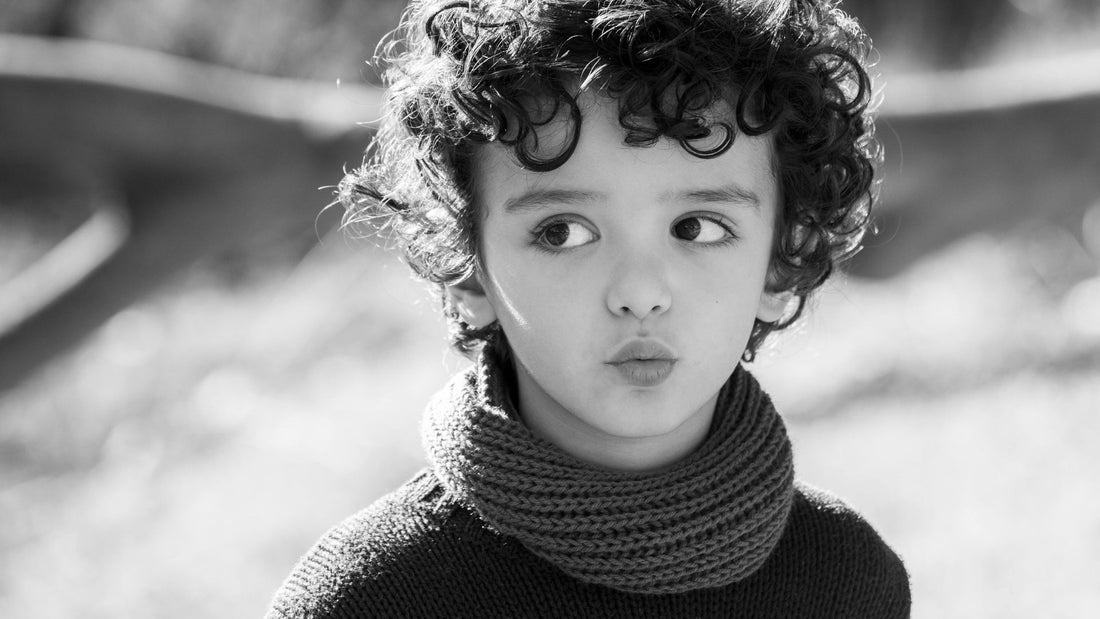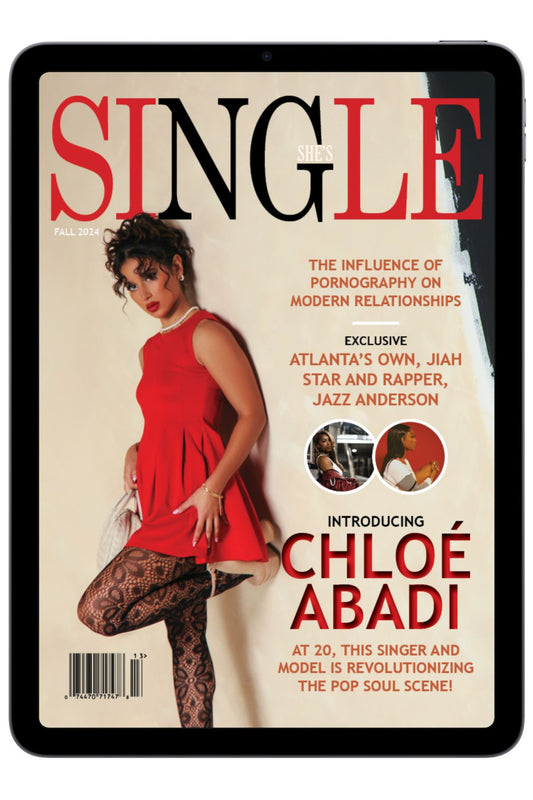How to Teach Your Child to Wipe Their Bottom Properly

In an episode of Real Housewives of Atlanta, Kandi Burruss can be seen sitting her young child Tucker on the toilet seat having him prepare for the go. Many fans were perplexed by this, asking, “Is he ready to be potty trained?” and “Isn’t he too young for her to be doing that?” So begs the question, at what age should you begin potty training your child? The timeline for your child will depend on their signs of readiness, developmental skills and their specific focus on the task. It may look easy enough, but potty training can be hard, even getting your child to wipe their bottom properly.
IS YOUR CHILD READY?
To determine this, you may want to take notice of your child’s behavior. Does he or she cross their legs or hold onto their genitals? Both can be an indication that they are ready to use the bathroom. Your child should be able to verbally express or demonstrate their wants and needs. To make going to the bathroom fun, some brands on Etsy have children’s toilet paper or as some parents call it, toilet paper for potty training. This small gesture can make your child feel like a big, independent kid and serve as an incentive to want to use the bathroom on their own.

Related articles: Dating a Single Dad: Everything You Need to Know
Related articles: 7 Wonderful Laundry Tips to Keep Your Clothes Neat and New
Generally, potty training can be long or short, but the most important thing is that child feels comfortable and under no pressure from mom or dad. Most children can control both bladder and bowels and leave diapers behind sometime between 3 and 4 years old. But what happens when your child has mastered going to the bathroom? As parents, it is our responsibility to not only do the wiping but also teach our children the fine art of self-wiping, so we don’t have to do it after a certain point.
Once you begin potty training your child you want to incorporate bottom wiping just as early. Let’s take this time to give your child some freedom and make it fun for them. As mentioned earlier, something as simple as providing them with their own toilet paper for the go can entice them to want to learn to wipe. Not only that but wipe properly. Next of course you want to speak to them about the importance of wiping. Sure, it can be fun, but we also should stress its hygienic purpose.
Bottom wiping is just as important as hand washing. Explain to them the germs that can spread down below and why we need to ensure we have clean bums. It may sound like common sense to us but to a child, they might need someone to explain ‘why’ before they make it a habit.

Related articles: Signs of Manipulation in a Friendship
Related articles: Why is My Stomach Still Bloated After My Period?
Practice makes perfect. Perhaps your child is new to potty training and you want to simultaneously begin teaching them how to wipe. Using a doll can be effective. Show them how to do it – front to back. Wipe or dab. Poo first. Wee after. Allow them to try on the doll first and then instruct them to try it on themselves. You will need to monitor them for a while, but this is okay as long as you make it exciting. Next, you want to do the butt check. This, too, can bring some laughter to the potty room. Give it an exhilarating name, a time of the day they can look forward to.
Something like encouraging your child to call on you once they are done with the bathroom is great, “Mom, I’m finished. I’m ready for a butt check!” Hearing themselves bellow this aloud may cause them to chuckle. Teaching is best when there is positive reinforcement, and this is a good time to have some play time with your kid. Potty training is not always a smooth ride, but with patience, good bathroom essentials, and confidence, both you and your child will get the hang of it in no time.
by Venus Sanders








